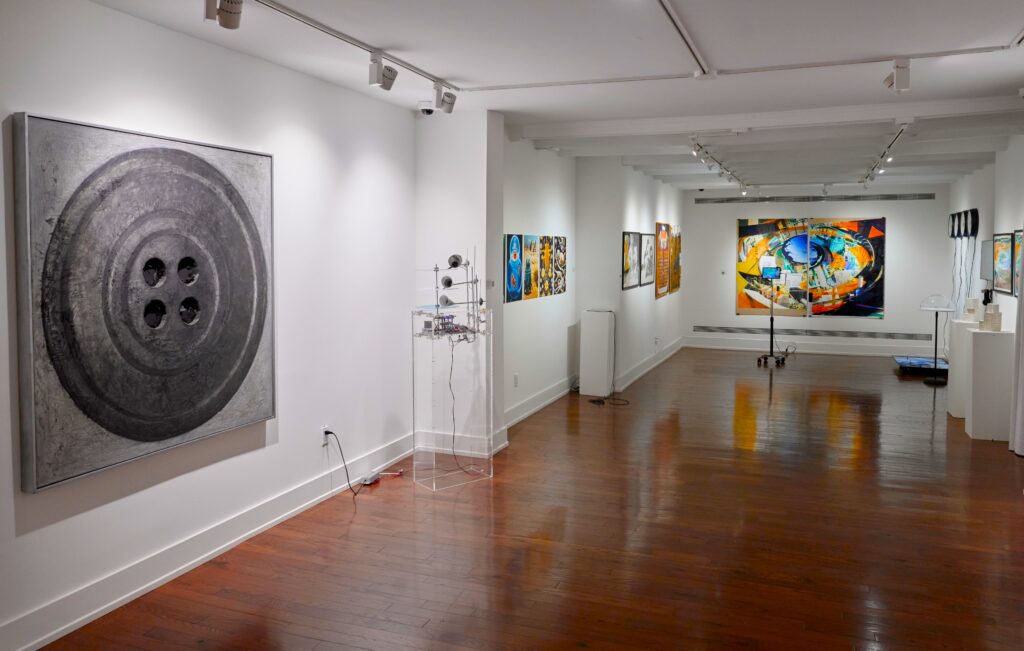

 Saturday, January 25, 2025, 4:00-5:30 PM “The Laser Talks Brussels“ Speakers: Anna Frants, Petermfriess, Aernoudt Jacobs, Eunsu Kang, William Latham, Lev Manovich, and Koen Theys Chaired by: Alexandra Dementieva Moderated by: Carla Gannis
Saturday, January 25, 2025, 4:00-5:30 PM “The Laser Talks Brussels“ Speakers: Anna Frants, Petermfriess, Aernoudt Jacobs, Eunsu Kang, William Latham, Lev Manovich, and Koen Theys Chaired by: Alexandra Dementieva Moderated by: Carla Gannis

 Saturday, January 25, 2025, 4:00-5:30 PM “The Laser Talks Brussels“ Speakers: Anna Frants, Petermfriess, Aernoudt Jacobs, Eunsu Kang, William Latham, Lev Manovich, and Koen Theys Chaired by: Alexandra Dementieva Moderated by: Carla Gannis
Saturday, January 25, 2025, 4:00-5:30 PM “The Laser Talks Brussels“ Speakers: Anna Frants, Petermfriess, Aernoudt Jacobs, Eunsu Kang, William Latham, Lev Manovich, and Koen Theys Chaired by: Alexandra Dementieva Moderated by: Carla Gannis

Mon–Fri: 9 AM – 3 PM
Sat–Sun: 10 AM – 4 PM
THE NATIONAL ARTS CLUB

Artists: Jüri Arrak, Petr Belenok, Ludmila Belova, Alexandra Dementieva, Asya Dodina and Slava Polishchuk, Sirje Eelma, Anna Frants, Anton Ginzburg, Elena Gubanova and Ivan Govorkov, Valery Koshlyakov, Yefim Ladyzhensky, Tatiana Levitsksaia, Ellen K. Levy, Silvi Liiva, Lev Manovich, Lydia Masterkova, Alexander Ney, Shimon Okshteyn, Patricia Olynyk, Leonid Sokov, Oleg Vassiliev, Sergei Volokhov, Vladimir Yankilevsky


Mon–Sun: 10 AM – 5 PM
THE NATIONAL ARTS CLUB

New York, NY 10003